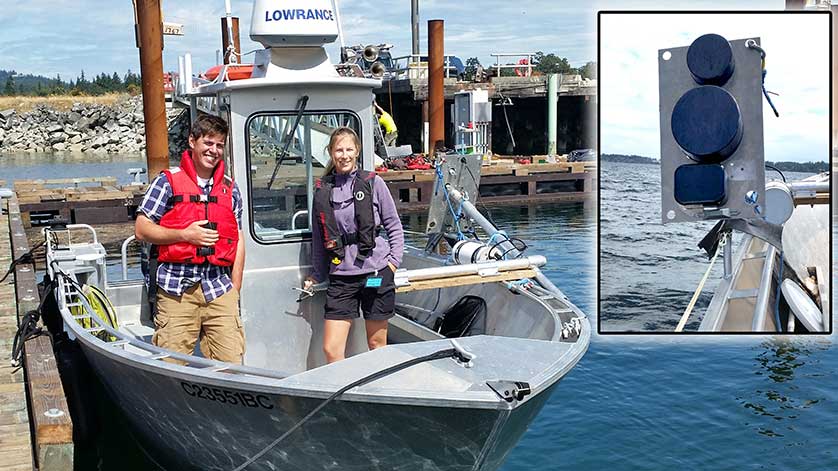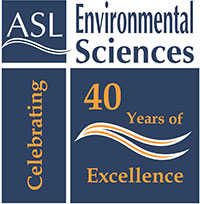The Unique Capabilities of ASL's Acoustic Zooplankton Fish Profiler

ASL announces that two Ph.D. candidates who are currently conducting studies that couple the unique capabilities of ASL's Acoustic Zooplankton Fish Profiler (AZFP) with predator telemetry and prey sampling to provide novel perspectives on predator/prey interactions in selected study regions in southern BC.
 These projects examine fine-scale processes with large scale implications for marine ecosystems and the services that they provide. Rhonda Reidy and Will Duguid are part of the Fisheries Ecology and Marine Conservation group, working under thesis supervisor Francis Juanes of the University of Victoria. Collaborators on their projects include Stephane Gauthier and Svein Vagle from Fisheries and Oceans Canada. Both projects are briefly described below.
These projects examine fine-scale processes with large scale implications for marine ecosystems and the services that they provide. Rhonda Reidy and Will Duguid are part of the Fisheries Ecology and Marine Conservation group, working under thesis supervisor Francis Juanes of the University of Victoria. Collaborators on their projects include Stephane Gauthier and Svein Vagle from Fisheries and Oceans Canada. Both projects are briefly described below.
The objective of Rhonda Reidy's study is to link humpback whale feeding behaviours to concurrent measurements of prey in southern BC waters. These details will provide scientists with fine-scale information on humpback whale predation, which can then be used to better inform fishery management decisions. The study will utilize three techniques to accomplish this objective including (1) a multi-sensor suction cup tag to record 3-D whale movement, (2) a vessel-mounted 38, 70, 125 and 200 kHz AZFP to concurrently map prey distribution during whale dive events and (3) a mid-water tucker trawl to sample prey adjacent to foraging depths (~ 100 m). The samples collected from the nets will be examined to identify prey species and will be useful to calibrate species target strength.
Will Duguid is examining how interactions of tidal currents and abrupt topographic structure influence the feeding ecology of Chinook and Coho Salmon juveniles at fine spatiotemporal scales. A tidal jet (Sansum Narrows) and an adjacent reference site (Maple Bay) are being developed as a case study for fine scale habitat use. Physical parameters (CTD casts) and prey distribution (zooplankton tows and hydroacoustics) are related to juvenile salmon distribution (acoustic telemetry and patterns of catch per unit effort) and biological characteristics (growth and diet) at previously unachievable resolution. It is hypothesized that tidal jets predictably advect zooplankton from depth, concentrating forage fish and larger, faster growing juvenile salmon. Surveys with the AZFP will be coupled to depth stratified zooplankton tows throughout the tidal cycle to better understand how local oceanography influences the interaction of zooplankton, forage fish, and juvenile salmon.

